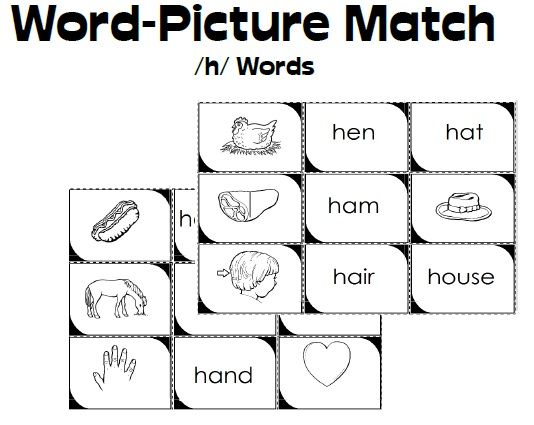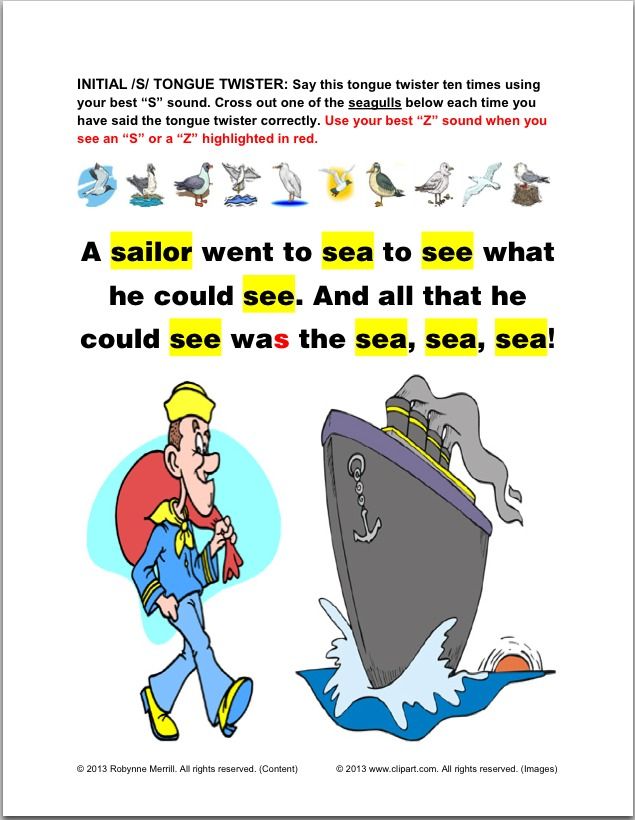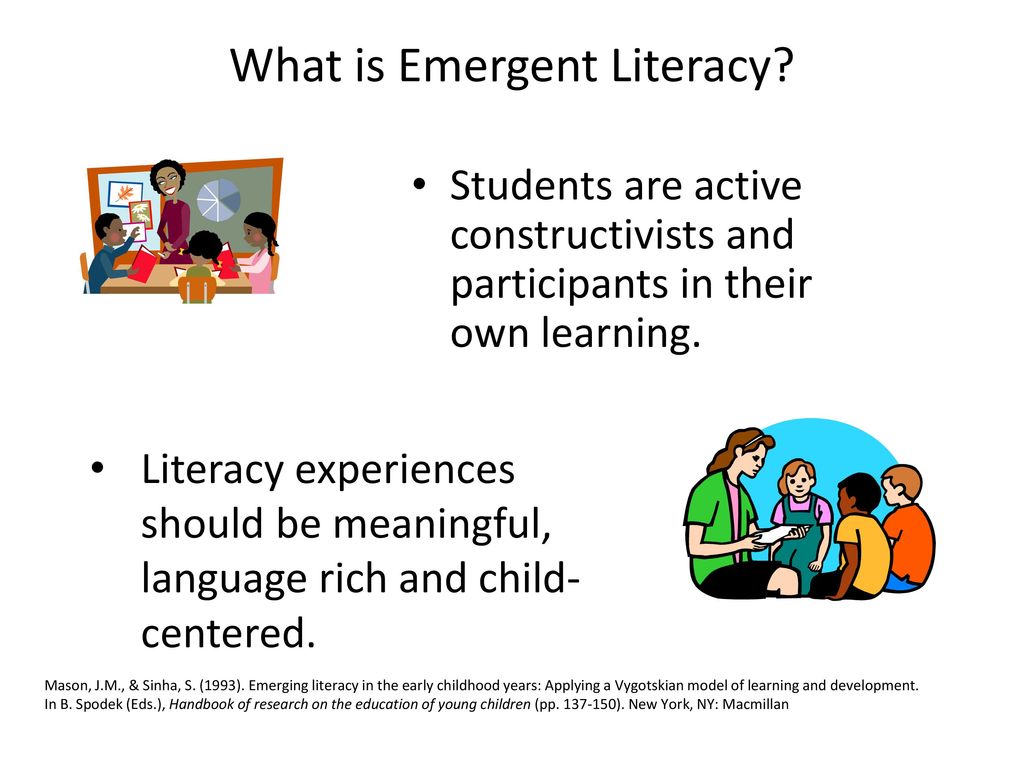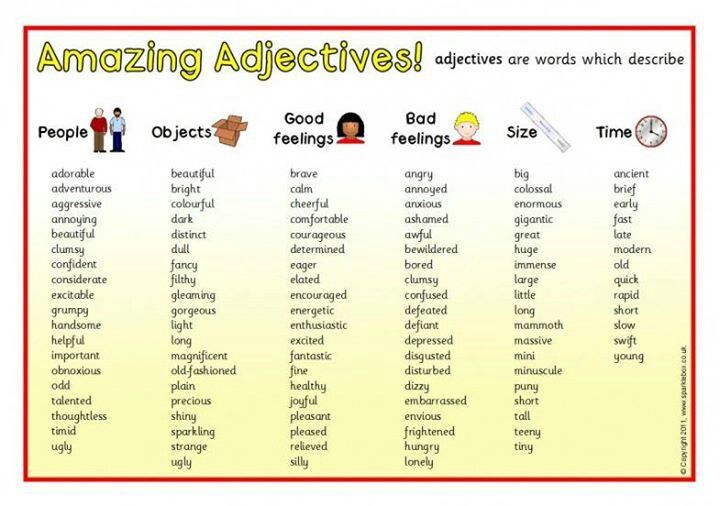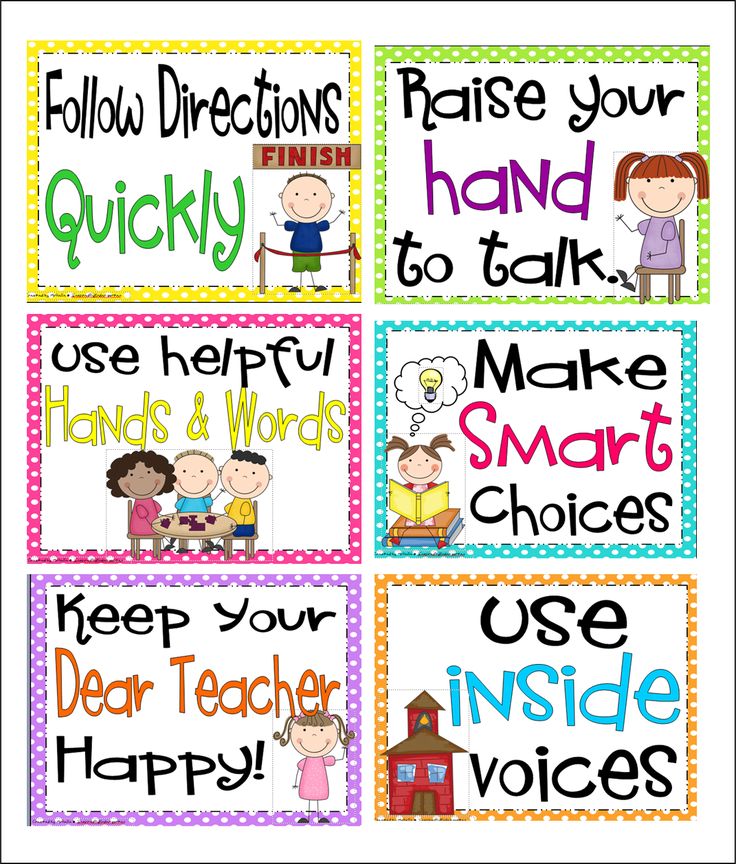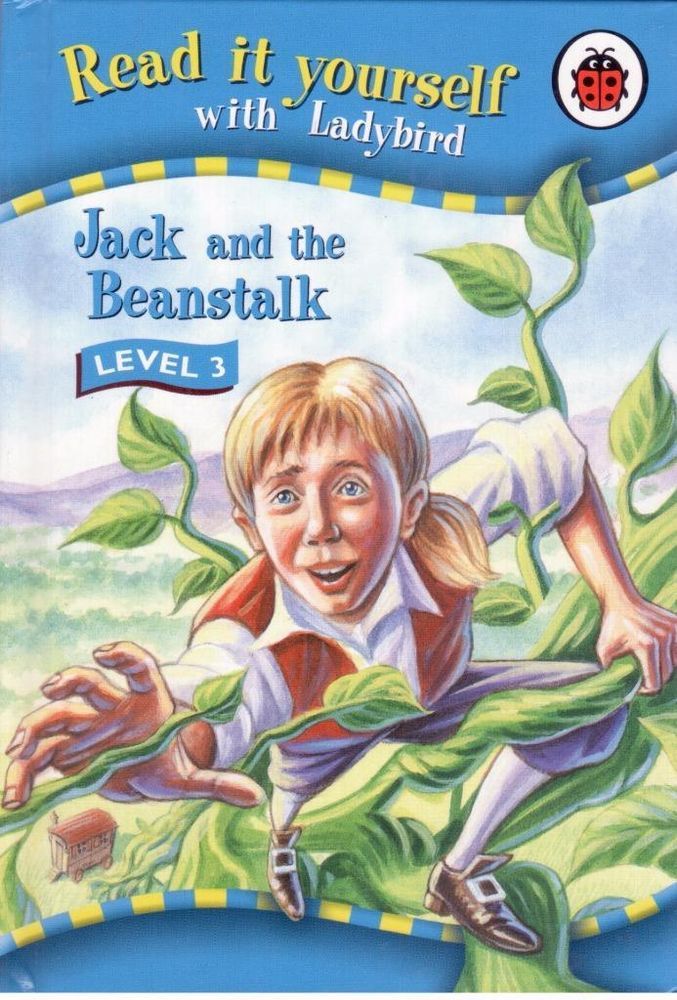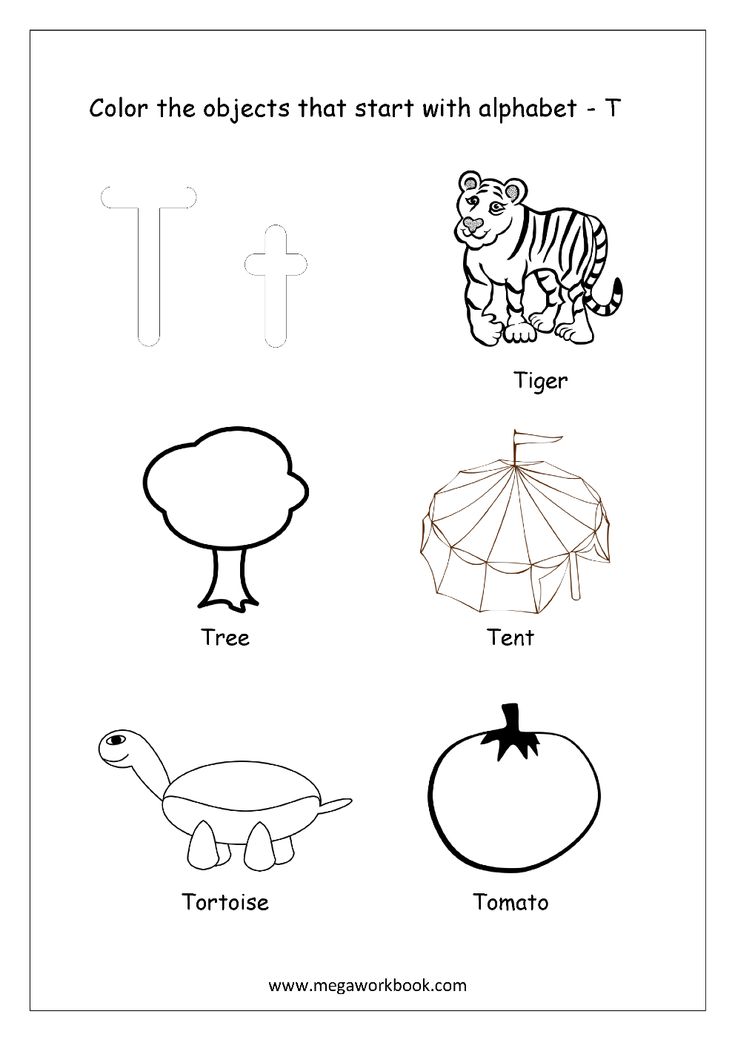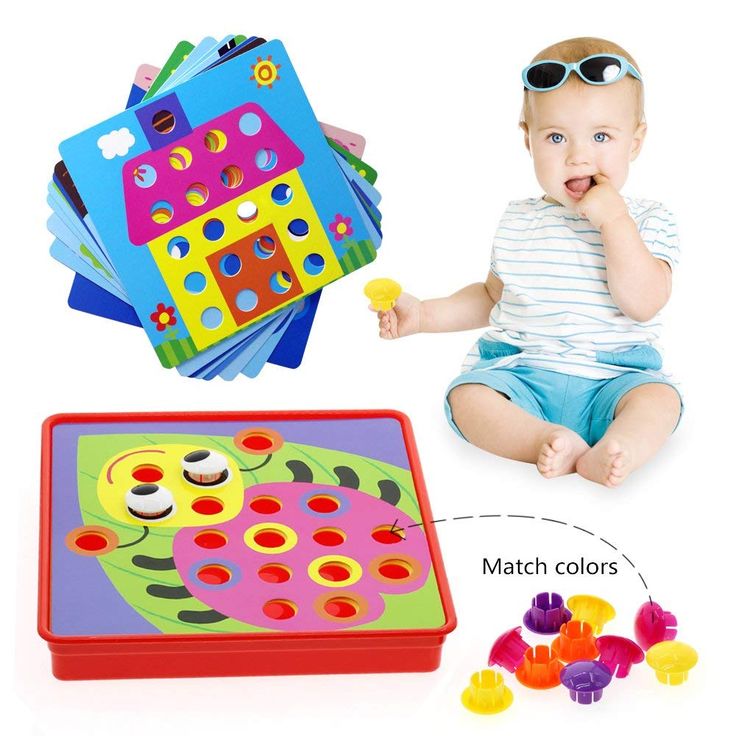Lesson plan on vowels for kindergarten
Recognizing Vowels Lesson Plan
Objectives:
- Students will learn how to recognize and remember the vowels as a subset of letters, as distinguished from consonants.
- Students will become familiar with capital and lower-case forms of vowels.
About the Concept:
Recognizing and distinguishing vowels from consonants is an important step in the development of reading and writing skills since all words and all syllables in words contain at least one vowel. Once students recognize the vowels in both capital and lower-case forms, the stage is set for learning rules and spelling patterns for short and long vowels, final vowels, unaccented vowels, diphthongs, digraphs, silent vowels, and irregular spellings. The vowels in written English are
a, e, i, o, u and sometimes y. The letter y is a vowel when it occurs in medial or final position within a word or syllable or when it occurs in initial position in proper names like Yves, Yvonne, and Yvette (pronounced EEV, ee-VON, and ee-VET). (The letter w may also act like a vowel if it follows the letters a, e, or o.) When students have learned to recognize the vowels in Name Those Vowels, they can learn the long and short vowel sounds through the song, Oh, Do You Know? (Sing Your Way Through Phonics, Volume 1). Some other songs that teach students about vowels are the Volume 1 song, Silent E, the Volume 2 Songs, Cool Vowels, The Right Diphthong, and I Before E, and the Volume 3 songs Why Does Y? and Drop It!.
Materials:
- Sing Your Way Through Phonics Volume 1 CD, Tracks 7 and 8 (Listen to audio sample)
- Sing Your Way Through Phonics Volume 1 Mini-Charts (pp. 33-40)
- Plastic letters, letter tiles, or alphabet cards (1 letter per card)
- Optional: newspapers, crayons, highlighter markers, students’s name cards
Note: If you do not have the CD or Mini-Charts, you can still teach this recognizing vowels lesson plan using the folk tune listed on the Name Those Vowels Song Lyrics page.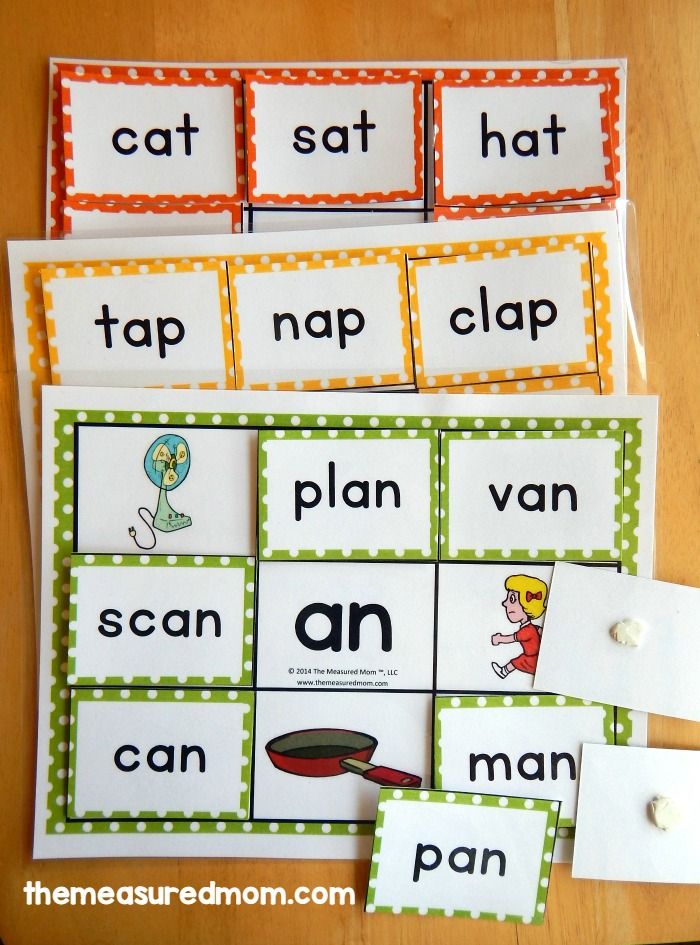 You can create your own mini-charts using the words in bold print letters in each verse of the Song Lyrics.
You can create your own mini-charts using the words in bold print letters in each verse of the Song Lyrics.
Find out more about Sing Your Way Through Phonics products.
Order our cost-saving Volume 1 Combo online.
Procedure:
- Say, “Now that we can recognize our letters, let’s find out about a special group of letters we call vowels.”
- Distribute capital letter cards A, E, I, O, U, and Y to six students, one card per child.
- Tell the class that these are the vowel letters and that every word has at least one vowel letter in it. Ask the class to name the vowel letters on the cards.
- Distribute lower-case letter cards a, e, i, o, u, and y to six other students and ask the students to name these lower-case letters.
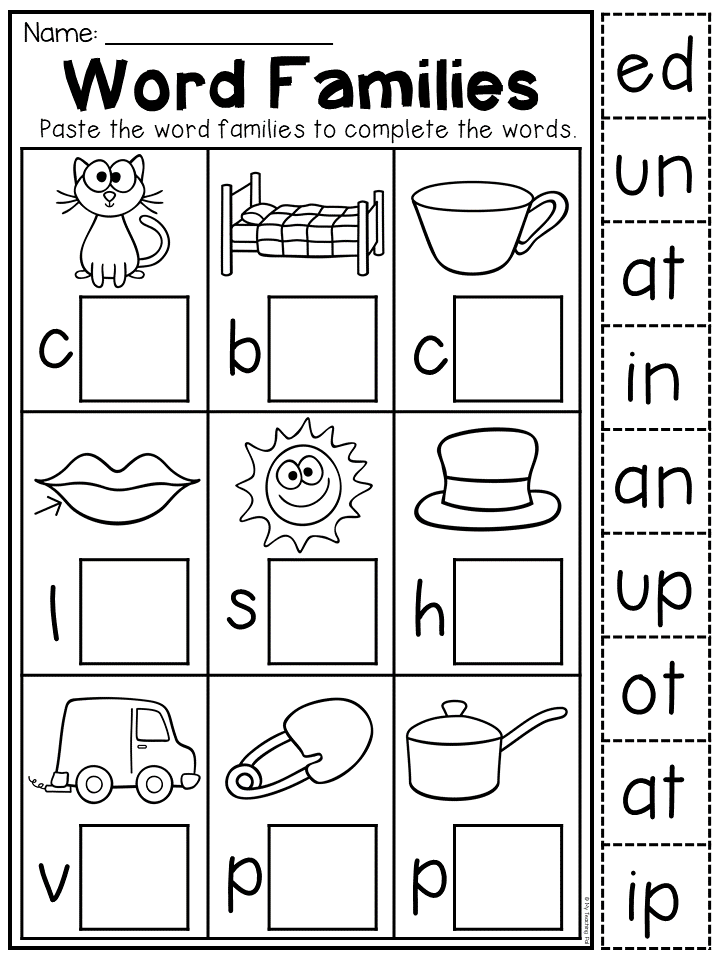
- Ask the students holding the lower-case letters to stand next to their partner letters, forming the pattern Aa, Ee, Ii, Oo, Uu, Yy and ask the students to name this set of vowel letters. (Students should just name the letters without saying “capital” or “lower-case.”
- Set the twelve letter cards on the chalk ledge and call six students to select either a capital or lower-case letter from each set of partners. Ask the six to line up facing the class. (Example: A-e-i-O-U-y) Ask the class to name the set of vowels they see.
- Repeat Step 6 with one or two more groups, forming other combinations of capital and lower-case vowel sets.
- Say, “Now we are going to listen to a song about the vowel letters to help us remember them.
 At first, the singers will name and sing all the vowel letters. Then, you will hear a clap when one of the vowels is left out. See if you can think the names of each vowel that is left out.” Play Sing Your Way Through Phonics Volume 1 CD, Track 7--Name Those Vowels and point to the Mini-Charts on pages 34-40.
At first, the singers will name and sing all the vowel letters. Then, you will hear a clap when one of the vowels is left out. See if you can think the names of each vowel that is left out.” Play Sing Your Way Through Phonics Volume 1 CD, Track 7--Name Those Vowels and point to the Mini-Charts on pages 34-40. - Point to Mini-Chart p. 35. Ask, what vowel was left out? (A)
- Point to Mini-Chart pages 36-39, asking what vowels were left out on each page.
- Say, “What happened at the end of the song?” (All the vowels were sung again.)
- Say, “Now, let’s try singing the song with the CD.”
- Play Track 7 again, pointing to the Mini-Charts and reminding the students to just “think” the names of the left-out vowels in their heads and clap for each vowel they don’t sing.
- Ask students, “What do we call the special set of letters we practiced today?” (vowels) “And what are the vowel letters?” (a, e, i, o, u, and sometimes y)
Follow-up:
- Practice singing Name Those Vowels daily for a few days.
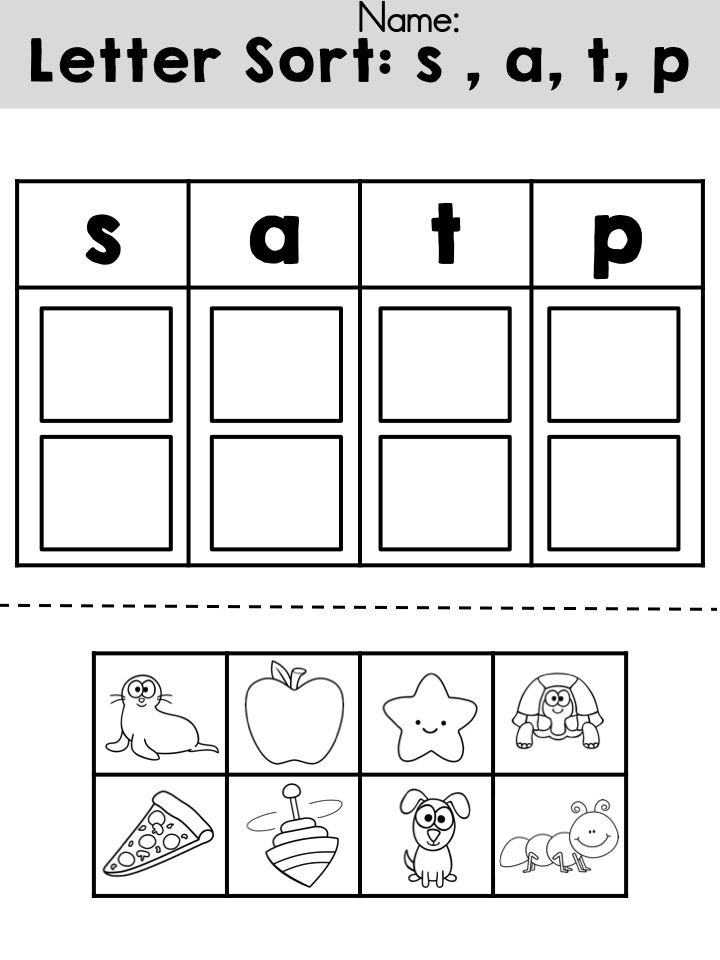 Then try singing the song without hearing the words, using the instrumental track (Track 8). Allow different students to point to the Mini-Charts words while singing.
Then try singing the song without hearing the words, using the instrumental track (Track 8). Allow different students to point to the Mini-Charts words while singing. - Using the Mini-Chart Templates, vary the order of vowels (Ex: e-o-i-u-a) and mix upper and lower-case (Ex: I-U-a-o-E).
- As a learning center task, have students do letter sorts, separating vowels from consonants. Be sure to include capital and lower-case letters. Use plastic letters, letter cards, or Scrabble tiles.
- Find vowels in books and magazines. Call attention to alternate print forms of the letter a. This might also be a good time to call attention to alternate print forms of the letter g.
Extensions:
- Introduce the Read-and-Sing Book, Name Those Vowels.
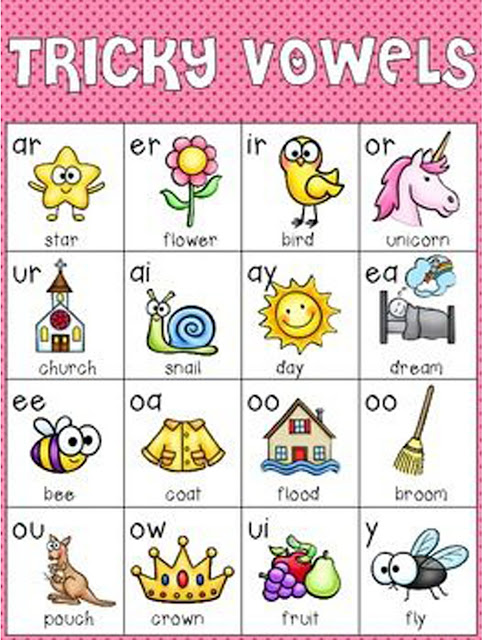 Readers can point to the vowels imbedded in the illustrations while singing this playful song set to the folktune Bingo. Each time a vowel is omitted in the lyrics, singers can substitute a clap, a pencil tap, a knuckle rap, a foot stomp, a rhythm instrument sound, or the word, "Sh!" Keep a few copies of the book at a literacy center equipped with headsets so that students can gain practice in listening, singing, and remembering the names of the vowels.
Readers can point to the vowels imbedded in the illustrations while singing this playful song set to the folktune Bingo. Each time a vowel is omitted in the lyrics, singers can substitute a clap, a pencil tap, a knuckle rap, a foot stomp, a rhythm instrument sound, or the word, "Sh!" Keep a few copies of the book at a literacy center equipped with headsets so that students can gain practice in listening, singing, and remembering the names of the vowels. - In newspapers, circle words with 1 vowel in red, 2 vowels in blue, 3 vowels in green, 4 vowels in orange, 5 vowels in black. Have a timed contest to see who can find the most examples of each. Winners need to read out the vowels in the words they circled to check for accuracy.
- Teach students American Sign Language for the vowels. Have them sign the letters as they sing.
- Play A-E-I-O-You! Each student says these five vowels and points to another student on the word “you.” After everyone has had a turn, everyone says the vowels in unison and all point to the person of their choice on the word “you.
 ”
” - Examine the vowels in students’s names. Have students trace the vowels on their name cards in a contrasting color crayon or highlighter marker. Do this with simple words in students’ sight vocabulary. (Ex: stop, walk, exit, baby)
- Compare objects and animals in alphabet books for the vowel letters. For example, one book might display an apple for the letter a while another might display an ape for the same letter.
Evaluation:
- Students correctly read all the vowels on Mini-Charts pp.34 and 40 without assistance, or
- Students pass a written test where they circle capital and lower-case vowels sprinkled in among consonants.
Order our cost-saving Sing Your Way Through Phonics Volume 1 Combo online ($33.95) containing the CD, Mini-Charts, Song Lyrics, and Teaching Suggestions — everything you need for this lesson! Or, print out an order form to mail/FAX to us.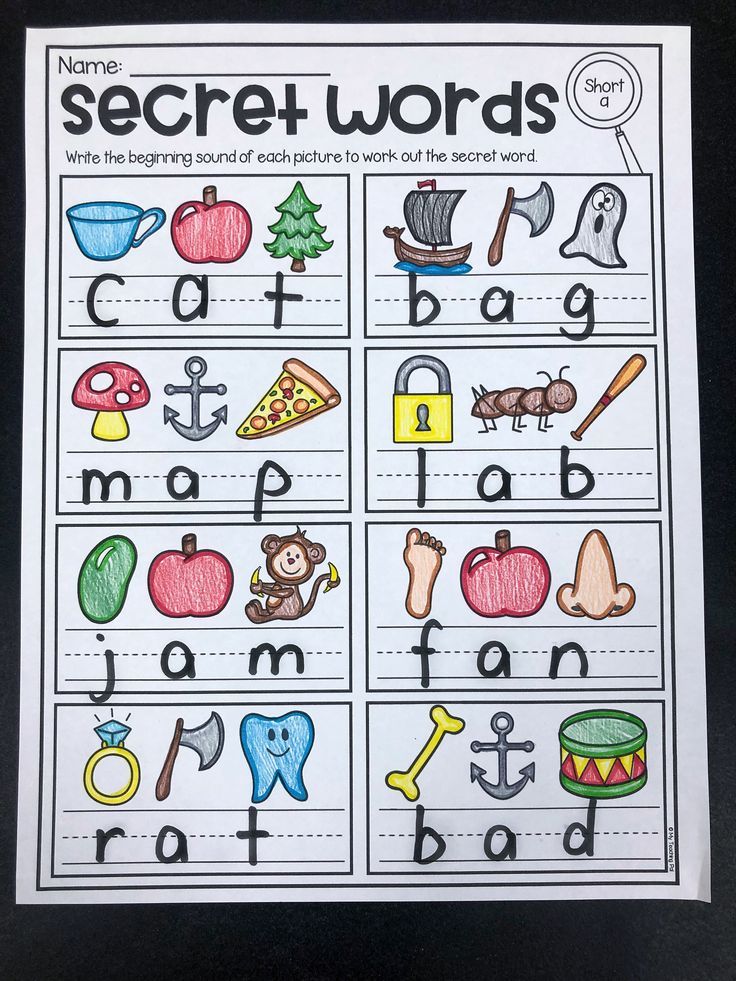
All about vowels – activities and a song for young learners
Early Years English
Support and resources for young English Language Learners
Search
Search for: Go
Basic English, Zero English
Posted by C ⋅ ⋅ 5 Comments
Filed Under games, kindergarten, literacy, metalinguistic, preschool, reading, songs and chants, spelling, vowels
Metalinguistic knowledge (knowledge about language) is important for all children, but especially for children learning English as an additional language. I use these activities to introduce very young children to the basic alphabetic categories they will encounter throughout their schooling. I’ve used the song and activities with children aged 3 – 7. They all seem to enjoy it, and we have even performed it for parents.
The key learning objectives for these activities are:
- Children will learn that the English alphabet contains 5 vowels.

- Children will learn the letter names of the vowels.
- Children will be able to identify vowels within a word
- Children will begin to understand and use the terms alphabet, letter, word, vowel.
- Children will also gain exposure to the written forms of the English words that they are most likely to encounter.
All About Vowels lesson plan
This lesson plan gives instructions for 4 quick and simple games, a song about vowels, ways to extend the song for more advanced learners, and a template letter to send home to families. Suitable for very young children with little or no prior experience with English literacy.
‘The Vowels Song’ lyrics sheet
Warning! It’s catchy!
Vowels (+ y) cards.
These are large one-to-a-page cards, that I use for class games, displays, and when the children are performing the song. The vowels are color-coded to make their names easier to remember.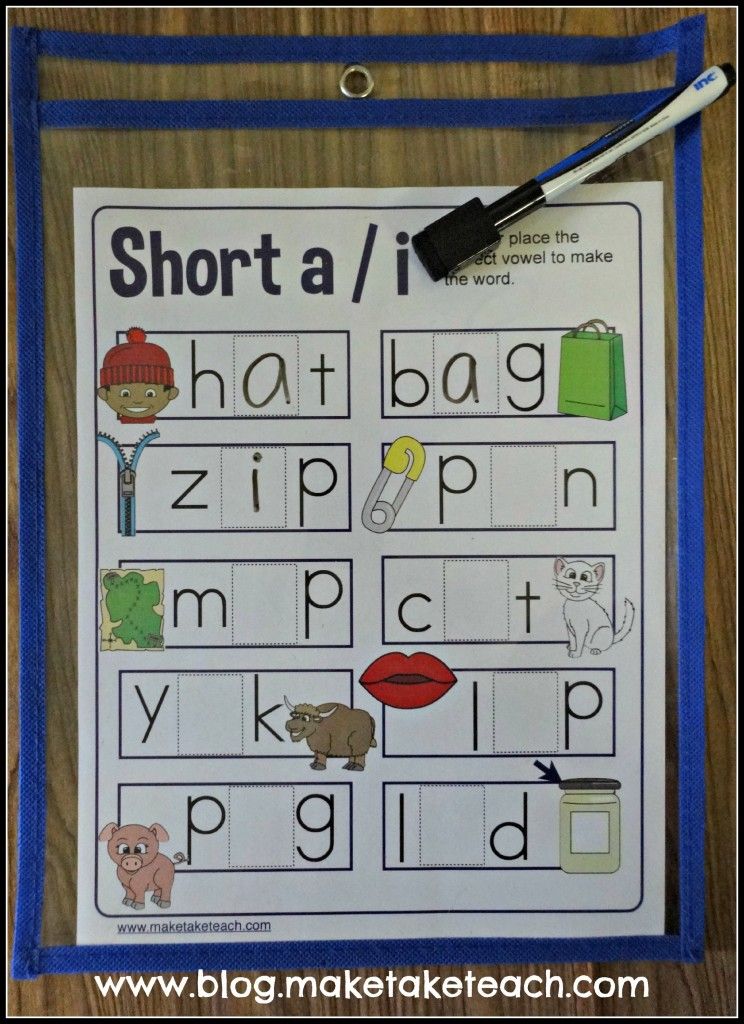 I tried to use colors that sound like their names. A is gray, E is green, I is white, O is yellow, U is blue. I didn’t color code Y because it isn’t a vowel, and I couldn’t for the life of me think of a color that rhymed with it! They are all lower case, as that is the case in which children are far more likely to encounter letters, and is also the case that is used for the words in the later activities. It’s important to remind the children that this lesson uses the letter names, and not letter sounds. The distinction between letter sounds and letter names can be confusing at first, but stick with it – it’s important!
I tried to use colors that sound like their names. A is gray, E is green, I is white, O is yellow, U is blue. I didn’t color code Y because it isn’t a vowel, and I couldn’t for the life of me think of a color that rhymed with it! They are all lower case, as that is the case in which children are far more likely to encounter letters, and is also the case that is used for the words in the later activities. It’s important to remind the children that this lesson uses the letter names, and not letter sounds. The distinction between letter sounds and letter names can be confusing at first, but stick with it – it’s important!
Vocabulary cards: 100 most common words.
I use these for extension activities. Children practice finding the vowels in these familiar words. The common words were taken from the Dolch List of common words, and are roughly in order of frequency. Words with ‘y’ instead of a vowel are at the end of the set.
Vocabulary cards: 100 most common words with vowels highlighted.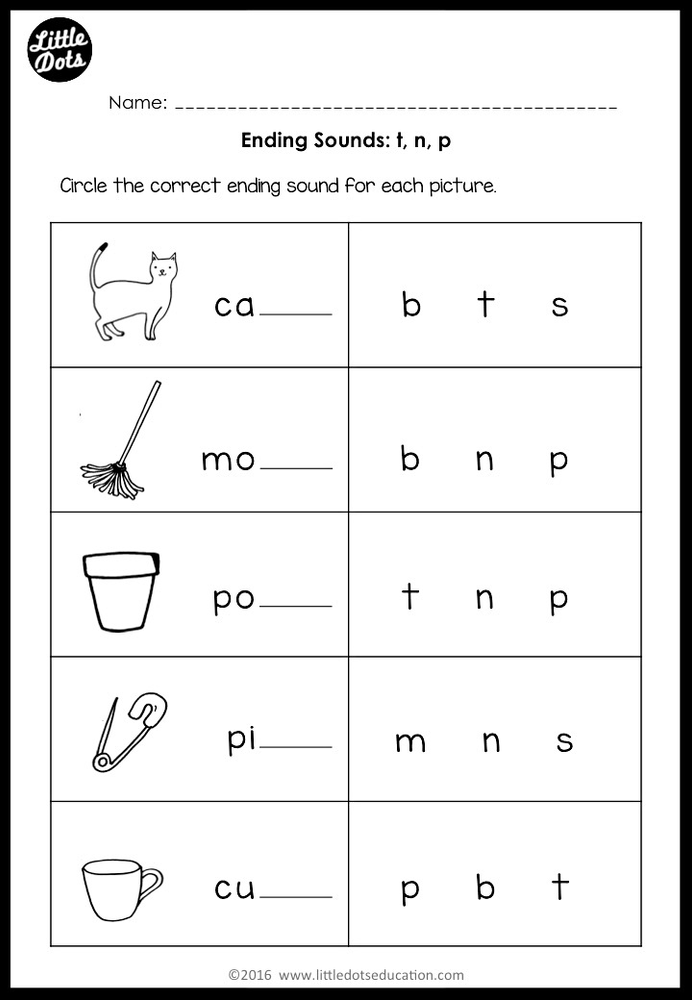
This set contains the same words as above, but with the vowels highlighted and color-coded. This makes it easier for young children to identify the vowels.
Vocabulary cards: 100 most common nouns.
For English language learners, I find that many of the common words from the Dolch List are abstract and difficult to understand, so I use this list instead. This is the Dolch list of common nouns found in children’s books. I added a few that I was surprised to see missing from the list – ‘Mom’, ‘Mum’, ‘Dad’, ‘computer’ and ‘book’.
Vocabulary cards: 100 most common nouns with vowels highlighted.
These are the same words as above, but with the vowels highlighted and color-coded.
Vocabulary cards: 100 most common nouns with images.
The same words again, but with images for each word. A few of these words (such as ‘good-bye’) were very difficult to represent, so I’ve left them blank.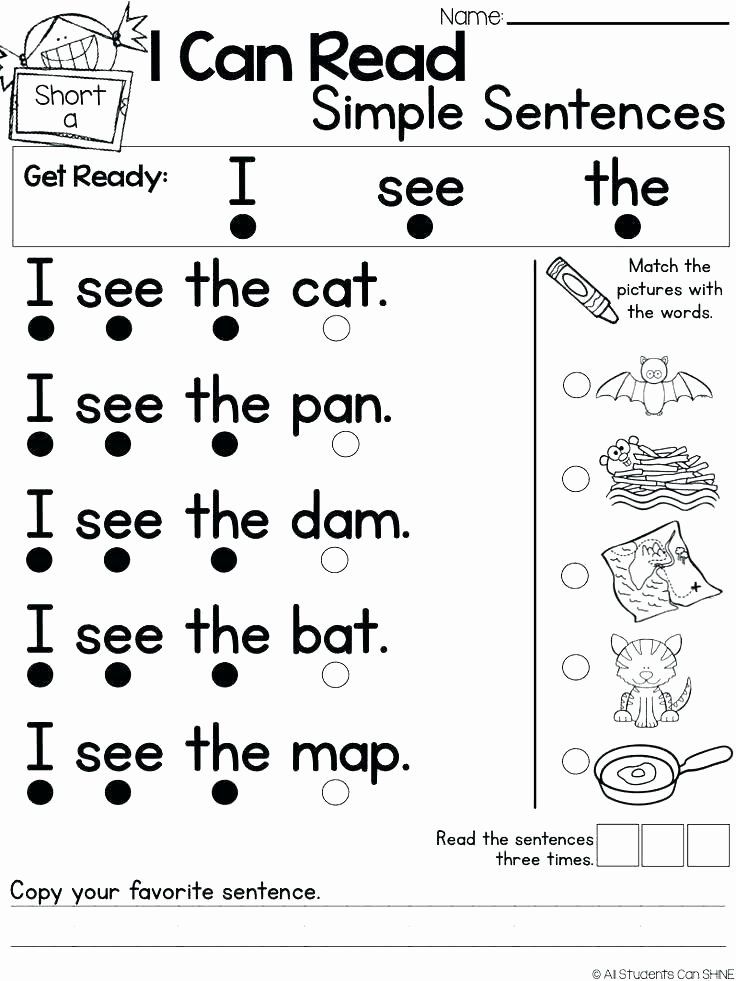 Others, such as ‘home’ or ‘mother’ were very difficult to represent in just one image. I’ve done the best that I can, but if you have any suggestions or comments, please contact me.
Others, such as ‘home’ or ‘mother’ were very difficult to represent in just one image. I’ve done the best that I can, but if you have any suggestions or comments, please contact me.
Vocabulary cards: words with ‘y’
Introduce these when your students are ready to learn the exceptions to the rule!
Blank word cards.
Use these if you think I’ve forgotten any important words, or if you want to use the student’s names.
How do you teach your young learners about vowels? Leave us a comment!
You might also like…
Like this:
Like Loading...
« ‘A Day Without Media’ – Are our students really addicted to the internet?
Early Years English reader survey »
Synopsis of the lesson in the Russian language in grade 1. "Vowels and Letters" | Plan-summary of a lesson in Russian (Grade 1) on the topic:
Synopsis of a lesson in Russian in Grade 1.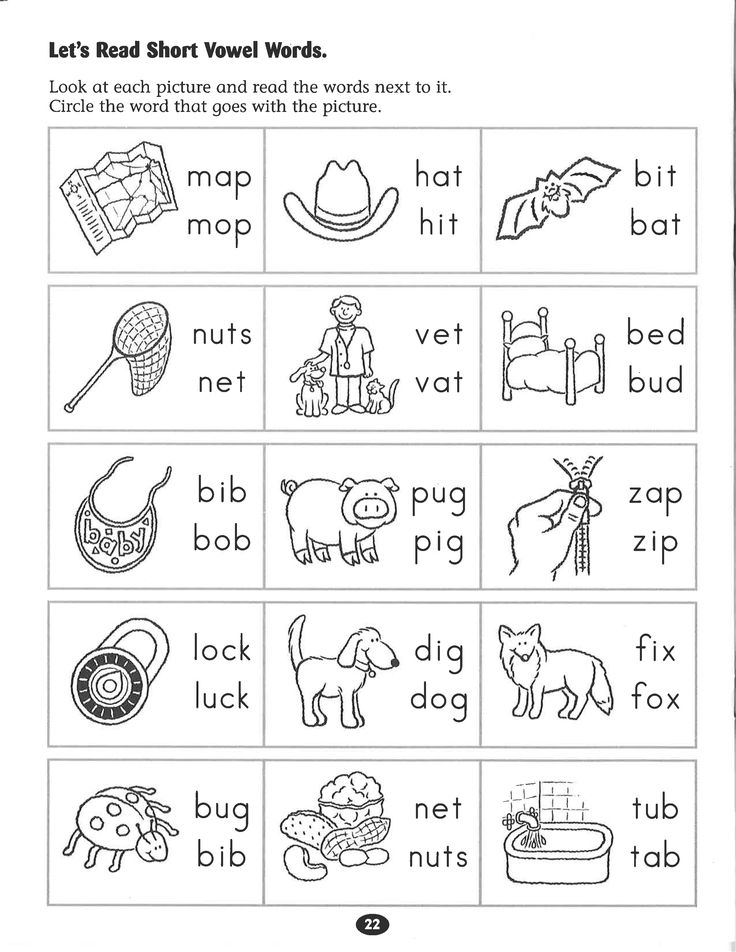 "Vowels and Letters"
"Vowels and Letters"
Teacher MBOU NOSH Pokrov O.V.
Topic: vowel sounds and letters
Purpose: To consolidate the ability to identify vowel sounds and letters. Recall the main features of vowel sounds
Universal learning activities:
Personal: developing a positive attitude towards learning and one’s knowledge, developing creative imagination.
Regulatory: students organizing their learning activities: goal setting, planning; control and self-control of the process and results of educational activities.
Cognitive: the ability to analyze, compare, find the answer to a problematic question.
Communicative: the ability to listen and engage in dialogue, participate in a collective discussion of problems; provide mutual assistance.
Tasks:
Educational:
- To consolidate the concepts of vowel sounds and letters;
- Learn to distinguish a vowel sound in a word;
- Learn to distinguish between sounds and letters;
Developing:
- to develop the thinking of schoolchildren through analysis, generalization, reasoning;
- to continue work on the development of speech, memory, attention;
- develop the ability to use the knowledge acquired earlier;
- to develop phonemic awareness on the material of sounds [a], [y], [and]; [e], [s] [o];
Educational:
- Strengthen the ability to listen to each other
- Maintain interest in birds and a caring attitude towards them
Type of lesson: actualization of knowledge and skills (repetition lesson)
Teaching methods:
- Verbal methods (generalizing conversation assignment instructions).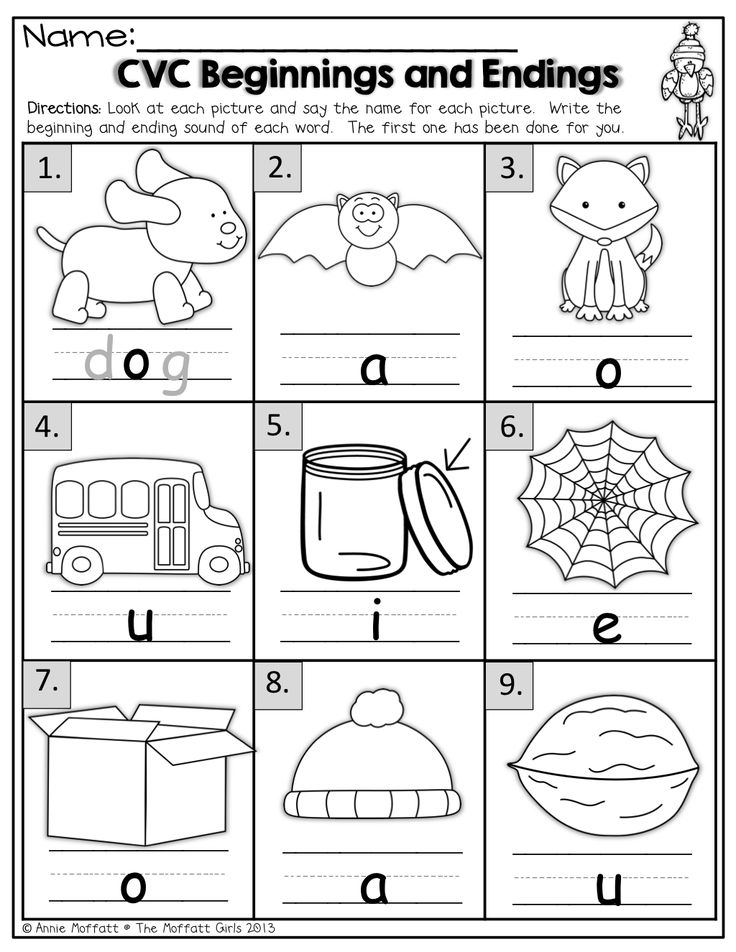
- Visual methods (work with PC, letters on magnets, cards, ).
- Practical methods (work with a textbook, independent work, performing various exercises, demonstration of experience).
Techniques for enhancing cognitive activity were used: (asking questions; comparing letters and sounds; searching for suitable vowels, copying from printed text, etc.).
Forms of work: frontal, individual, static pairs.
Used technologies: information and communication, health-saving, system-activity approach.
Equipment: computer, multimedia projector, scanned textbook pages on the blackboard, netbooks on each desk, individual whiteboards, marker.0003
I. Organizational stage.
Purpose.
Inclusion of children in activities at a personally significant level. Organizes pronunciation of the rules of conduct in the lesson.
Guys, we have a Russian lesson
look at your desk. (Textbook, / workbook / Russian language notebook / blue and green pen / ruler)
- Let's greet our guests,
- Sit down.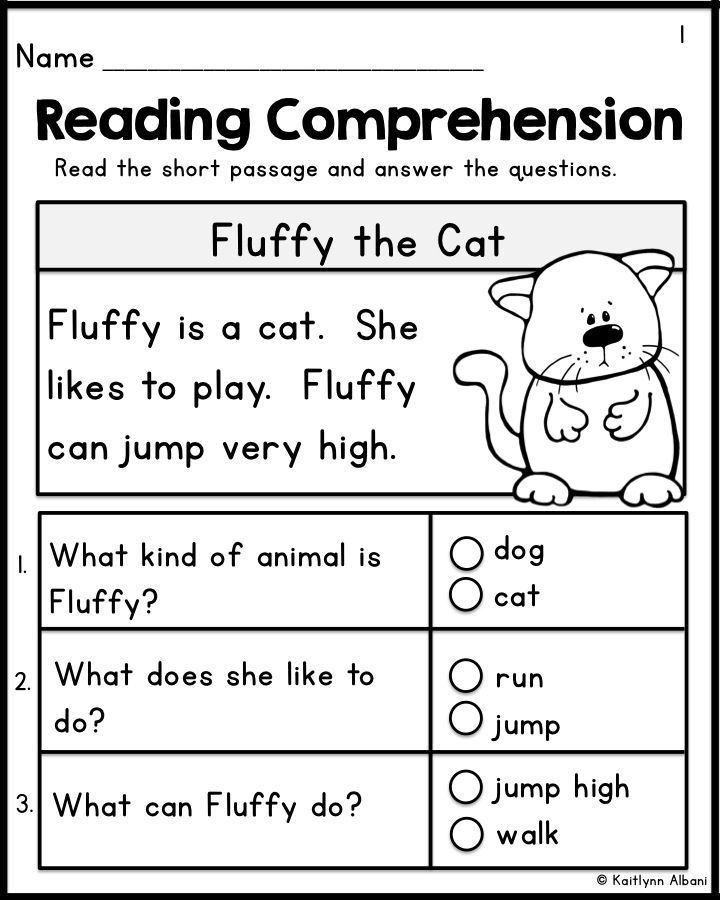
The bell rang loudly.
The lesson starts.
We listen, remember,
We don't waste a minute.
II. Updating knowledge
II. Actualization of knowledge
Didactic game, actualization of knowledge about sounds and letters studied earlier.
Front. Verbal.
Let's review what we already know about letters and sounds. To do this, I suggest you play the game "YES-NO". I will ask questions. And if you want to answer “yes”, then raise both hands up, if “no”, then do not change the position of the hands.
- Is it true that the letters a, o, y, s stand for vowels?
- Is it true that the letters b, c, d, e - denote voiceless consonants?
- Is it true that the letters i, i, e - denote solid consonants?
- Is it true that the sound [h] is always soft?
- Is it true that ь is a vowel representing a soft consonant?
- Is it true that we pronounce and hear letters, but we see and write sounds?
- Is it true that we know that two vowels that appear at the beginning of a word and after a vowel represent 2 sounds?
Remembers the rules of seating when writing, the rules for positioning a notebook.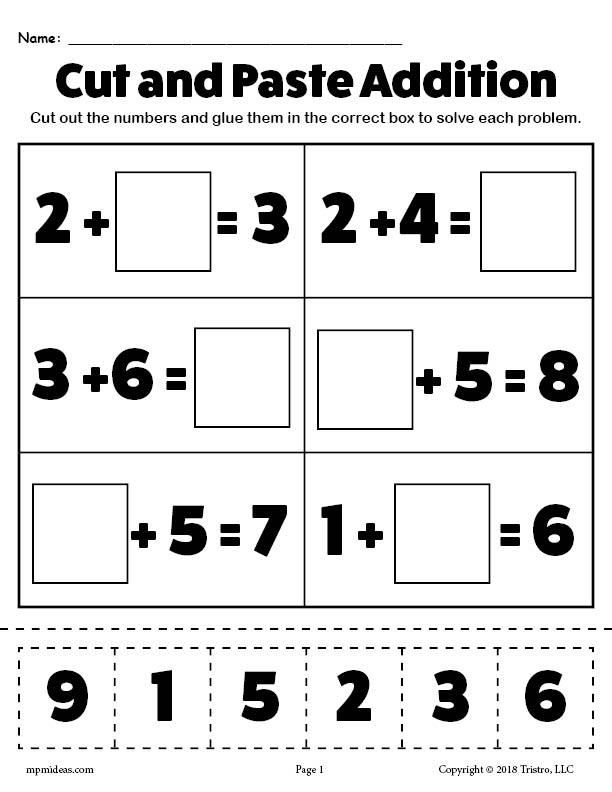
Gives a task to students, organizes a check.
-Open your notebooks, get ready to write.
Sit up straight, put the notebooks correctly
-Write down today's date. Classwork.
We have a calligraphy minute.
A a D d I and P r - underline the vowels0003
- Underline the vowels. Parse a few words on computers.
III. Statement of the educational task.
Purpose.
Formulation of the topic of the lesson.
Creates a problem situation.
Leads students to the formation of the purpose of the lesson.
u y m a y o y o e e i (LETTERS on the blackboard)
- What do you see on the blackboard? (letters)
- find the extra letter (s), (m)
- what can you say about the remaining letters?
- What do you think we will talk about today at the lesson?
- (Answers)
- Yes, guys, the topic of our lesson today is "VOICES AND SOUNDS". And today in the lesson we will remember and repeat everything we already know about Vowels and Sounds.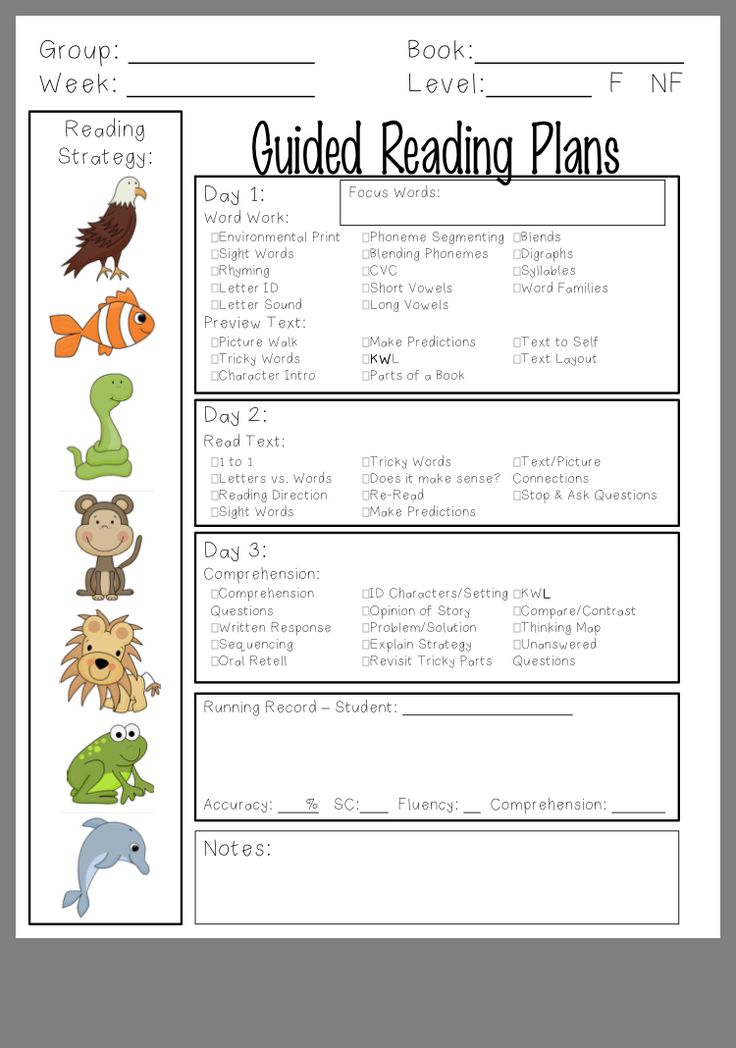 Let's remember what role vowels play in words and how to determine Ch. letters and sounds.
Let's remember what role vowels play in words and how to determine Ch. letters and sounds.
- How many vowels? (-10)
- Vowel sounds? (6)
Talk about why.
Which vowels cannot be called sounds. Remember when these letters represent 2 sounds.
IV. Application of knowledge and skills in a new situation
2. Work on the interactive whiteboard. Think of a new word by changing one vowel. Writing words in a notebook.
Circle the letters that have changed
Why are these sounds called vowels? read a poem about vowels and accord. sounds)
- What does a vowel sound consist of? (from voice)
- Let's open the textbook on page 58
- Student is reading
- (Teacher is reading) show the letter on the board, say
- continue the sentence:
- letters we ... (see, write, call.)
- sounds we ... (hear and pronounce)
- divide the word into syllables LSTCHK
(The word is not divided, because there are no vowels.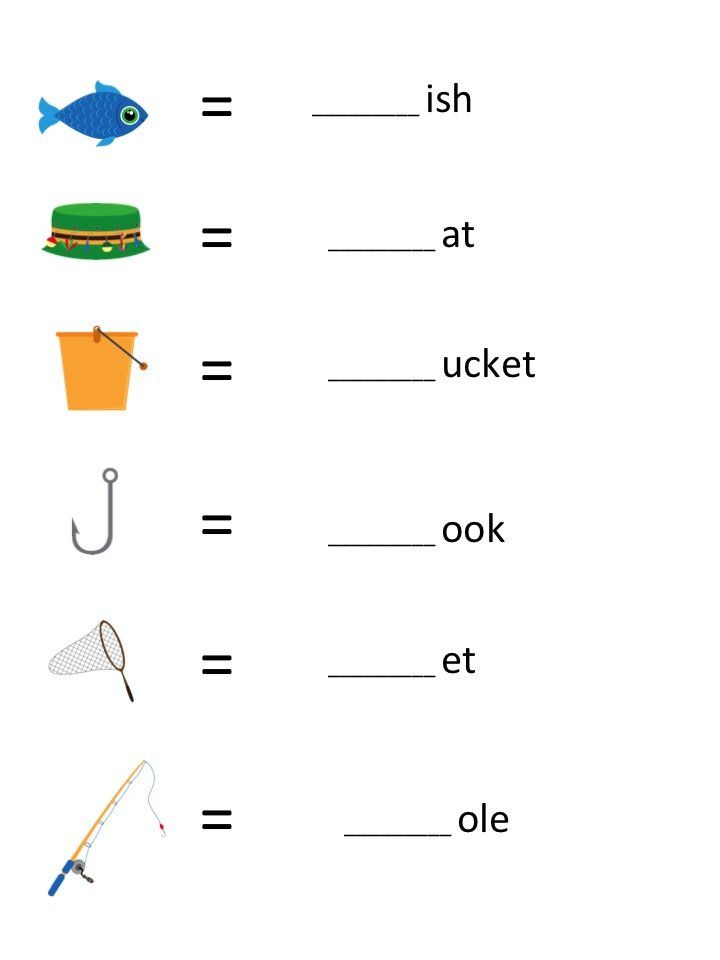 Which denote vowels sounds.)
Which denote vowels sounds.)
- We conclude:
- What role does Ch. sound? If there are no answers, then a leading question: What forms Ch. sound? (A vowel forms a syllable)
- How many syllables can a word have? (answer)
- Let's write the word correctly.
Underline ch. letters and divide into syllables. (Student at the blackboard)
- how many vowels are in the word SWALLOW (3)
- how many syllables? (How many vowels, so many syllables)
Be able to formulate your thoughts orally, listen and understand the speech of others (Communicative UUD).
Be able to navigate in your system of knowledge; to analyze objects (Cognitive UUD).
Be able to summarize the information received, draw a conclusion (Cognitive UUD).
Be able to formulate your thoughts in writing (Communicative UUD).
PHYSMINUTKA
V. Generalization and systematization of knowledge
Purpose.
Strengthen the ability to explain the meaning of what is read and identify unstressed vowel sounds
work on the sentence
Organizes work with the replacement of vowels in words.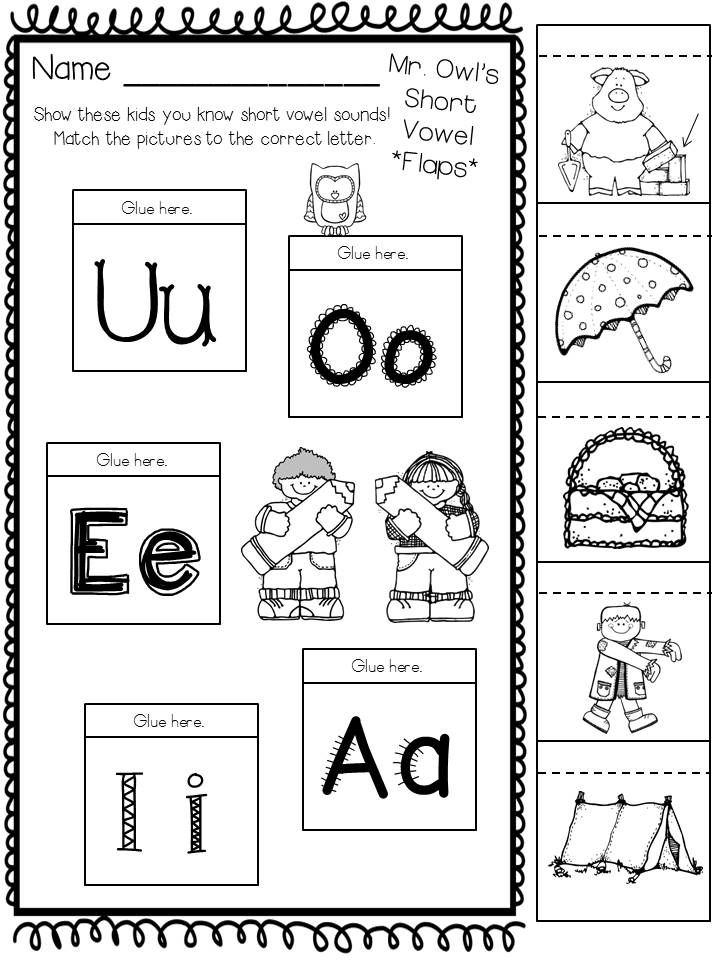
- Guys, read the sentence to yourself (projector)
"A bird is red with a pen, and a man with a mind."
(the student reads aloud for the second time)
- How do you understand the meaning of the proverb? (answers)
- (people well-read, smart.)
What does well-read mean? (answers)
- Which one of you reads a lot? Raise a hand…. Well done.
- Write down the sentence……
- Put the stress on the words. (a student works on the board).
- What are the vowels? (stressed and unstressed)
- Emphasize unstressed vowels.
a task for smart people and smart girls.
Distribute syllables in pairs on computers: soft consonants - hard consonants. Draw a conclusion which vowels soften the consonants. (LETTER F)
Be able to navigate in your system of knowledge; to analyze objects (Cognitive UUD).
Be able to summarize the information received, draw a conclusion (Cognitive UUD).
VI. Independent work with self-checking
Independent work with self-checking
Copying a sentence with a task.
Card
Soon starlings and rooks will arrive from warm countries.
Stress and emphasize unstressed vowels in the word: ARRIVAL
(Cognitive UUD).
Be able to perform self-test.
(Regulatory UUD).
VIII. Reflection (summing up)
Purpose.
Fixing knowledge and skills
Students' awareness of their learning activities, self-assessment of the results of their own and the whole class's activities.
Organizes the fixing of content.
Organizes reflection.
Organizes self-assessment of educational activities.
- Guys, at the beginning of the lesson we had two questions, namely: how to identify vowels and sounds; what is the role and main features of vowels)
- Do you think we got an answer to them? (Yes)
Gl. – we see, we write, we call,
Main sound. - hear and speak.
Vowels form a syllable, are stressed and unstressed
- Rate your work (using emoticons) -
Our lesson is over.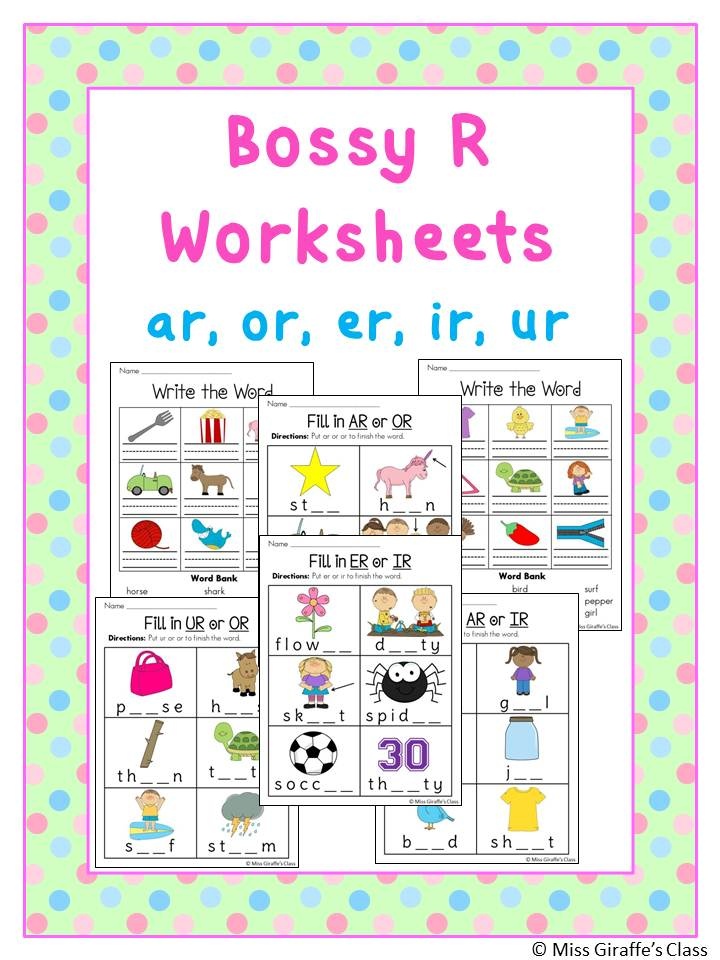 Thank you for your work.
Thank you for your work.
Guys, turn to the guests, smile and show a smiley.
Be able to formulate your thoughts orally (Communicative UUD).
Be able to assess the correctness of the performance of an action on (Regulatory UUD).
Analysis
Organizational and motivational component: reading a poem
Actualization of existing experience through the YES-NO game. I used individual boards that show the knowledge of each child.
Goal-setting through the use of an electronic supplement to the textbook "Russian alphabet" by V. G. Goretsky. The students themselves came up with the task of the lesson - Our task is to explore vowel sounds and learn as much as possible about it.
An electronic application was also used in the reflection phase. Schoolchildren worked in pairs of permanent staff, the check was carried out by a computer.
The next stage is creative activity
Reflective-evaluative stage by drawing emoticons.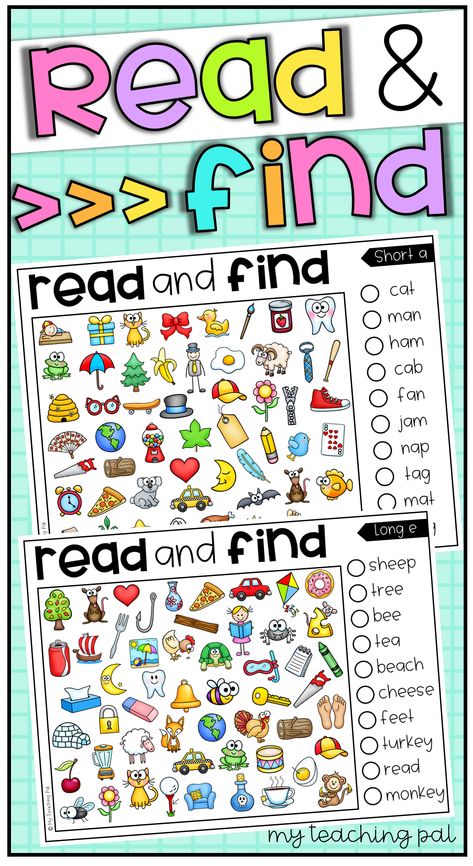
Vowel sound [and], letters and, I. | Russian language lesson plan (grade 1):
Literacy lesson in grade 1 Sound and, letters and, AND
Vowel sound [and], letters and, I.
Grade 1
Purpose of the lesson:
1. Introduce the letters AND, and, denoting the vowel sound [ and ] ;
2. Observe the positional change of consonants;
3. Develop phonemic hearing, visual and tactile memory, thinking, consolidate knowledge about the syllable-forming function of a vowel sound;
4. Cultivate love for Russian literature, interest in reading, the Russian language, develop horizons;
5. Develop the ability to listen to a friend.
Basic concepts of the topic: vowel sound, consonant sound, word scheme, syllable-sound analysis.
Planned results:
Subject: will learn: to distinguish the sound [ and ] in the process of syllabic-sound analysis based on the subject drawing and scheme-model of the word, to conduct competently syllabic-sound analysis of words.
Universal learning activities:
Regulatory: recognize, name and identify objects in accordance with the surrounding reality.
Cognitive: choose actions in accordance with the task and the conditions for its implementation.
Communicative: use speech to regulate one's actions.
Personal results: Adequate motivation: self-assessment based on the criteria for the success of educational activities.
Intersubject communications: Reading. ISO. Music (the ability to work with text, the development of motor skills of the hand, the development of phonemic hearing). Maths.
Forms of work: frontal, in pairs, individual.
Equipment:
1. ABC of V. G. Goretsky, part 1, p. 29-30
2. Notebook for printing (for children), counting sticks.
3. Schemes of words, sentences, subject pictures, riddles, poems.
4. Presentation.
Lesson progress.
1. Organizational moment.
The long-awaited call is given,
The lesson begins.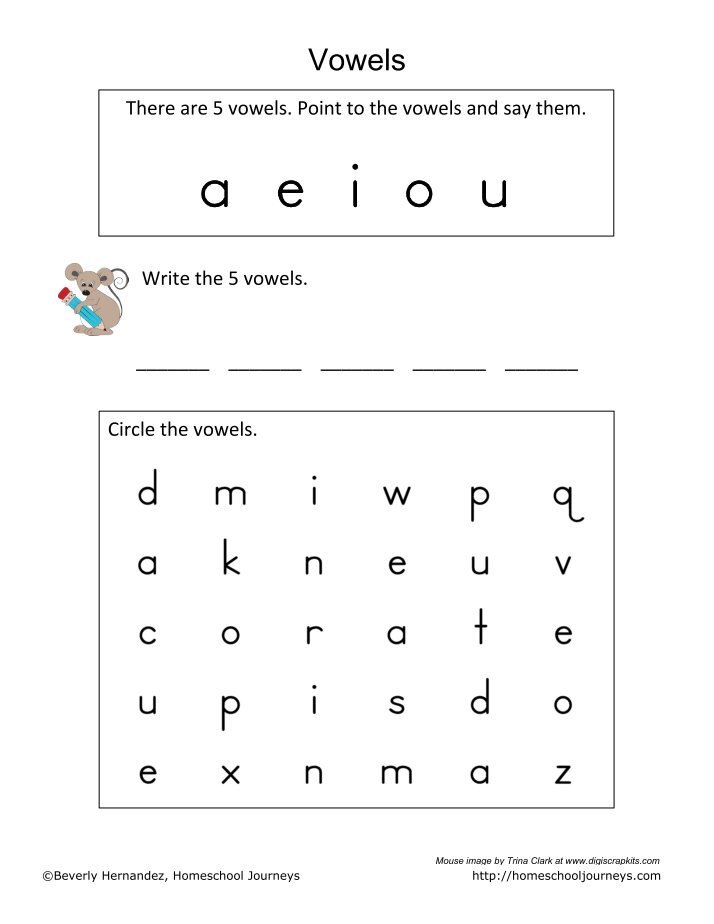
We'll sit up straight, we won't bend,
We'll get to work.
- They sat down nicely, moved the chair, the fist between the stomach and the desk. On the desk: ABC, notebook for printing, pencil case, 3 counting sticks.
2. Repetition, actualization of knowledge.
- Guys, let's remember what our speech consists of? (from sentences)
- What does the sentence consist of? (from words)
-What do words consist of? (from syllables, from sounds)
- What groups can all sounds be divided into? (I show a white card: what sounds are denoted this way? Consonants. And a red card? Vowels.)
-How to distinguish a vowel sound from a consonant?
-What sounds have we already studied? (o, a)
Pictures on the board: a watering can, a bucket, a bear, a dove, a doll, a lemon, and the letters A and O
Task: 1 person to go out and distribute pictures to the letter where there is the desired sound.
Check. Well done.
3. Setting the goal of the lesson.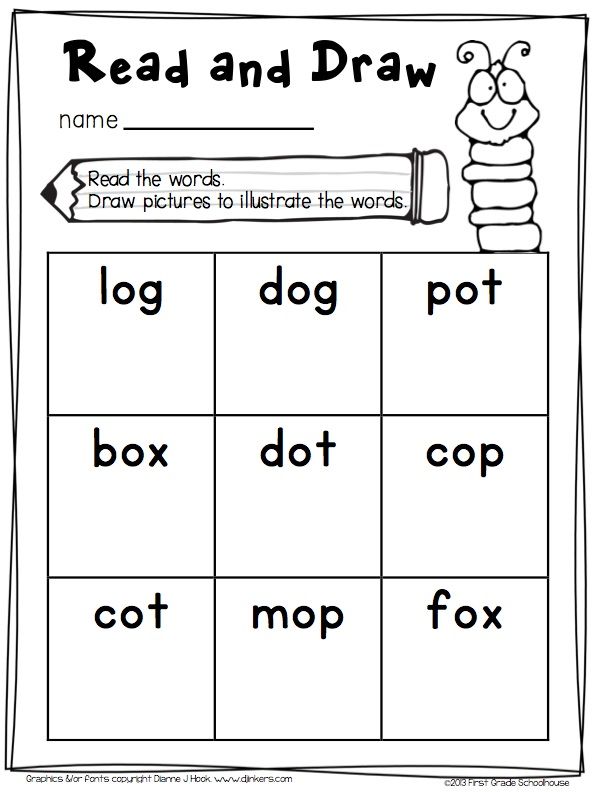
- Today we will get acquainted with a new sound and a new letter.
4. Selecting a new sound.
- I'll start our lesson with an old children's riddle: A and B were sitting on a pipe. A fell, B disappeared, who was left on the pipe? Did you guess? I. SLIDE.
The topic of our lesson is the sound [ and ] and the letter I
- How does the donkey scream? How does a mosquito squeak?
- Analyze the sound And what is it? (sung, stretched, pronounced with a voice. He is a vowel).
-Remember how the wolf from m\f shouted to the hare: Well, you wait!
- What sound did the wolf pronounce best? (and)
-Do you remember the name of the sound, the cat. stands out loudest in a word? (shock). It is easy to determine if the word is shouted out or called like a wolf: well, wait! (and percussion).
5. Exercise in hearing-recognizing the sound I.
The game "Clap-silence" (clap if the sound and is heard in the word)
Turkey, whale, stork, spruce, apple, saw, willow, song, ants, plant, summer, april, needle.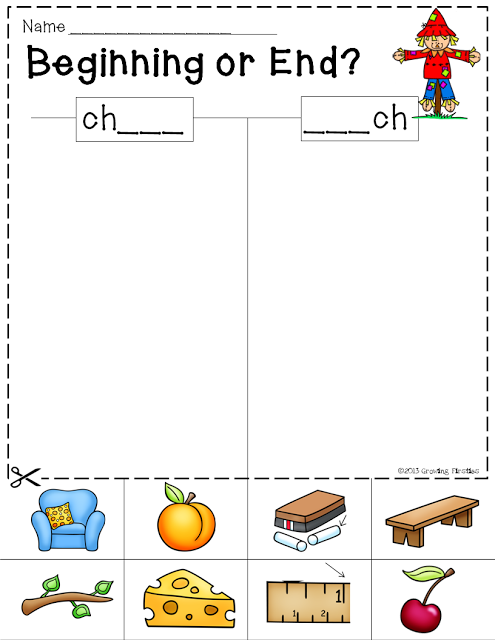
(and occurs at the beginning, middle, end of a word).
6. Physical exercise.
7. Syllabic-sound analysis of the word based on the scheme. Work with the textbook.
- We called the last word "needle". See in textbook p. 29. A needle is drawn under the letter I. What are needles for? (This is a thing for work, labor. Such things are called tools).
-Let's analyze the word. Get your hands ready, clap. Sk. syllables? Which 1, 2, 3, which drum? Typing in a notebook, 1 child on the board. (full word analysis)
8. Designation of sound with a letter. Work in a notebook.
- We hear sounds, and we write letters. On the letter, the sound I is indicated by the letter I. (I am posting a poster from the ABC in Pictures set).
- What does the letter I look like? SLIDE
- I got a hammer,
I knocked down a letter from the planks.
How many boards are there? Three
What is the letter? I.
-Where shall we put the letter in the ribbon of letters?
- Large and small Y differ only in size, the letter Y is easy to print and can be folded with sticks or pencils.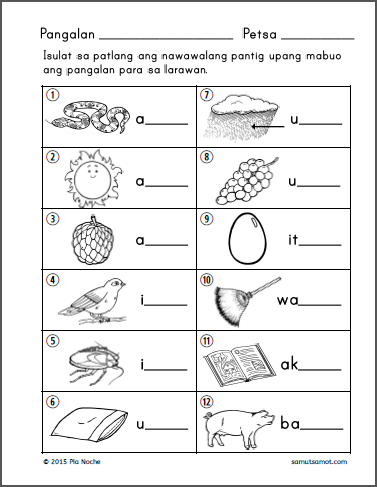 (Children fold with counting sticks).
(Children fold with counting sticks).
On the board is a sample of writing printed And, and.
I-gate, 3 boards, that's what I looks like.
Between 2 straight boards, one lay obliquely.
I explain the writing of block letters, the children write 1 line according to the model. (underline the most beautiful one) - check with each other.
9..Fizminutka for eyes, pens (we write…), hamster, hands raised and shook.
10. Work on the polysemy of the word “needles”. SLIDE
- See. to the drawing on p. 30 at the top. There are 3 pictures here. Why are they drawn together? (The word "needles" can be used to name different objects).
- The tree has needles, and the hedgehog has needles, and the porcupine has all the needles sticking out at once. SLIDE
And people without needles can't have T-shirts sewn on.
-That's how many needles there are. And they also have echidna, sea urchin, cactus. SLIDE
11. Work on the phrase and sentence.